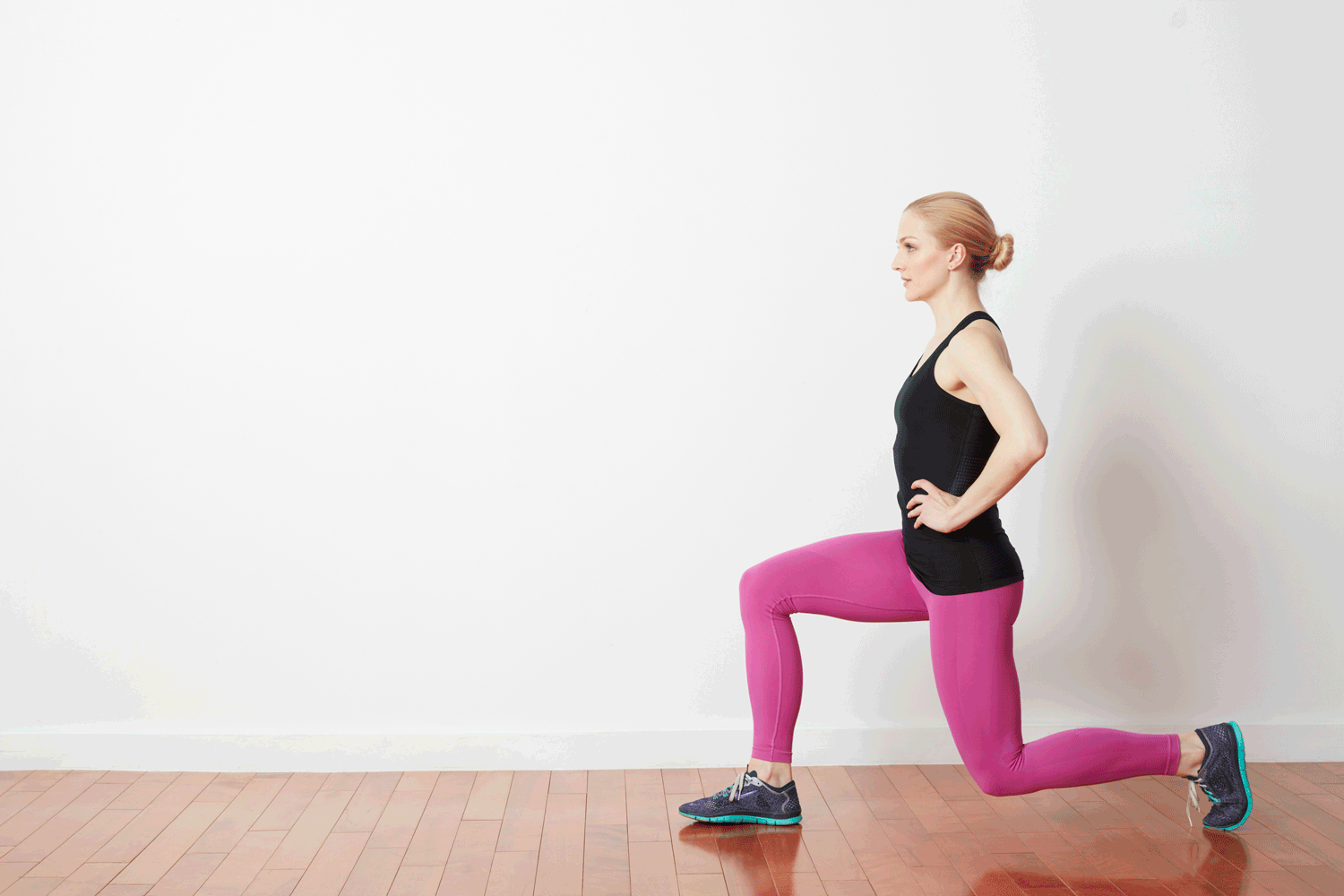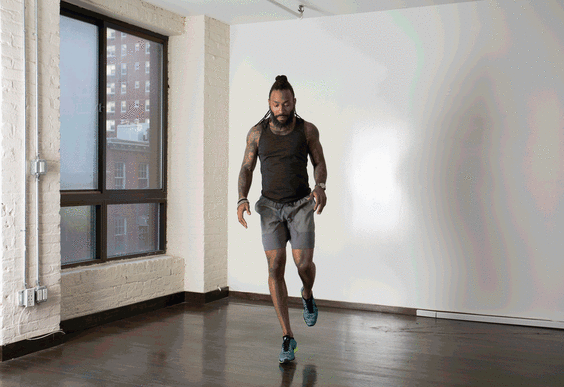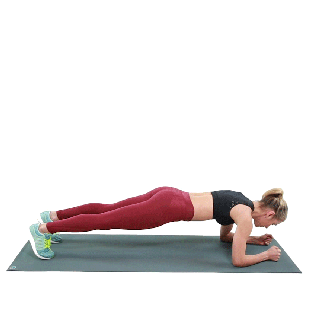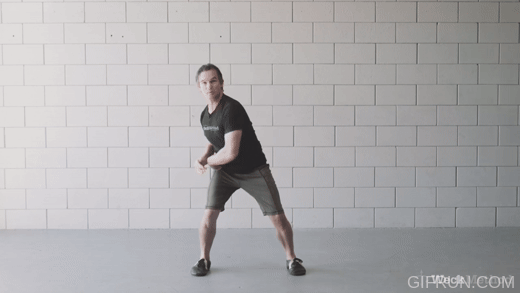hisdudeness47
Birdie Member
An often-overlooked truth is that no matter how much we battle for form perfection, many of us (not me of course, I am cyborg) are limited by our lack of flexibility, mobility, or strength. Whether that's in our effort to attain clean stretchy/relaxed form, pain-free form, more endurance for longer-lasting performance  , more power, etc, we all have something that limits us. Even some greats probably could use some more hip mobility (example).
, more power, etc, we all have something that limits us. Even some greats probably could use some more hip mobility (example).
I've really began noticing the importance of being in solid shape more and more recently as I have really began feeling like a rubber-band recently. I am mid- full body sling-epiphany phase. I'm also sore as ****. Hitting 450-500 (occasionally) is no small athletic feat. It takes quite a bit of OORAH. It's an athletic move recruiting lots of our built-in features.
I know it's better for long-term health to get that form dialed to relaxed Gumby perfection, but there are tons of new muscle fibers and springy actions happening in my 36 year old bod, especially after The Long Winter. Not old, not young, but in the act of feelin springy and limber, I need to get a handle on my limits and get a full-body maintenance routine goin' right quick and ricky tick.
But this is for everyone. We all could use some work.
What are some physical tests we can perform that can help show us some areas that we need to work on to really, truly, perform like a cyborg on the course with Gumby form and pain-free for all eternity? Flexibility, mobility, strength, endurance, anything is fair game. Time to set a baseline.
I've really began noticing the importance of being in solid shape more and more recently as I have really began feeling like a rubber-band recently. I am mid- full body sling-epiphany phase. I'm also sore as ****. Hitting 450-500 (occasionally) is no small athletic feat. It takes quite a bit of OORAH. It's an athletic move recruiting lots of our built-in features.
I know it's better for long-term health to get that form dialed to relaxed Gumby perfection, but there are tons of new muscle fibers and springy actions happening in my 36 year old bod, especially after The Long Winter. Not old, not young, but in the act of feelin springy and limber, I need to get a handle on my limits and get a full-body maintenance routine goin' right quick and ricky tick.
But this is for everyone. We all could use some work.
What are some physical tests we can perform that can help show us some areas that we need to work on to really, truly, perform like a cyborg on the course with Gumby form and pain-free for all eternity? Flexibility, mobility, strength, endurance, anything is fair game. Time to set a baseline.










